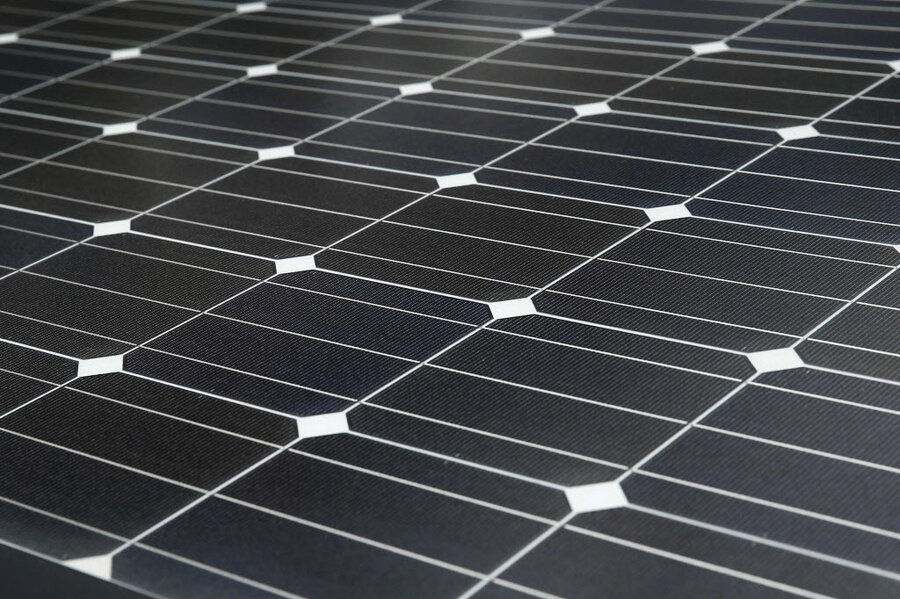Can solar energy survive without subsidies?
Loading...
There is something big happening in solar. This fact is becoming more evident every day. Regardless of one’s view on renewable energy overall and whether mankind will ever truly be able to stop using fossil fuels, it’s indisputable that solar power has made enormous strides in every important aspect as a viable source of power in the last decade. Solar producers today are leaps and bounds ahead of where they were on cost economies, power production efficiencies, and total installation costs. As a result, total solar power generation has grown dramatically over time.
Another milestone in solar’s progress was made recently when installation giant SolarCity announced that it had developed and would begin producing the world’s most efficient solar panel (most efficient as of the announcement date – more on this in a moment). SCTY’s panel had a module efficiency rating of 22.04 percent according to third party verification group the Renewable Energy Test Center. This result is an important step towards making solar power viable without any tax incentives or subsidies. That day is not here yet, but it is getting closer.
What makes SolarCity’s announcement so important in this case is that the firm is following the lead of Sunpower in producing high efficiency module. Sunpower makes a 20 percent efficient module and so, with SolarCity now in the same game, competition and economies of scale should start to take over and drive down the price of high efficiency panels. Adding still more credibility to this theory, tech giant Panasonic entered the mix saying that it was starting to produce prototype panels with a 22.5 percent efficiency rating (leapfrogging SolarCity’s own “most efficient” status). This type of competition between producers will likely lead to high efficiency panels becoming the industry standard in a few years which, in turn, will mean more power output per dollar of installation cost.
That output to dollar ratio is the critical factor in driving the economics of solar power (and indeed all renewable energy power). Reasonable per watt cost estimates imply a cost per watt in the neighborhood of around $3.50. At that level, assuming as little as a ten year system life per kWh generation costs are around $0.16 per kWh for residential users. That, in turn, is low enough to be competitive with conventional fossil fuel generation from a traditional power company even without any subsidies or tax benefits in certain locations.
The day is not here yet when most residential customers will prefer simple solar generation over conventional power generation options, but that day is clearly coming. There are still hurdles to work out – for instance the energy storage issue remains a problem, but perhaps Tesla’s new PowerWall system will overcome that concern. And high efficiency solar panels still need to be manufactured in sufficient quantities that they become cost effective. But the new gigafactory that SolarCity is bringing online and Panasonic’s own global manufacturing capability will both help to address this issue.
The point is that for every issue of concern regarding solar power’s feasibility as a primary power generation source, there are solutions that are already being developed. Something big is clearly happening in solar, and it certainly appears that the day when solar power reaches widespread parity with conventional grid generation may be closer than many expected. It’s unclear how this will impact the conventional utility industry, but one thing is certain, utility companies and the economic infrastructure built up around them are going to face unprecedented challenges over the next decade. Investors, energy policy makers, and environmentalists should all be paying attention.
Source: http://oilprice.com
Original article: http://oilprice.com/Alternative-Energy/Solar-Energy/Is-Solar-Without-Subsidies-Now-Viable.html





